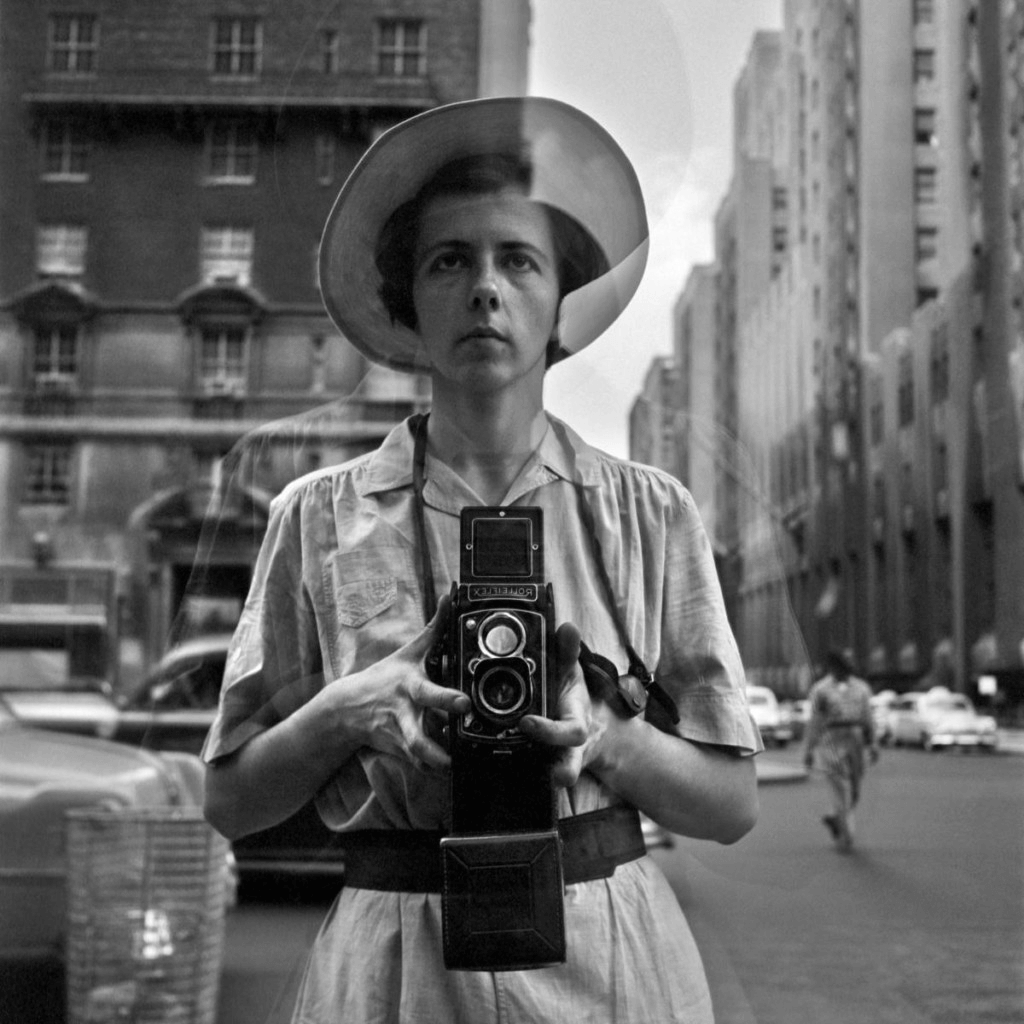The Definitive Guide for Framing Streets
Table of ContentsWhat Does Framing Streets Mean?Our Framing Streets StatementsFraming Streets - QuestionsFraming Streets for DummiesSome Known Details About Framing Streets Facts About Framing Streets Revealed
Digital photography category "Crufts Pet Program 1968" by Tony Ray-Jones Road digital photography (additionally occasionally called candid digital photography) is digital photography performed for art or query that features unmediated possibility experiences and random incidents within public areas, generally with the aim of recording photos at a definitive or poignant minute by cautious framing and timing. 
, that was influenced to undertake a comparable documents of New York City. As the city established, Atget helped to promote Parisian streets as a worthy topic for digital photography.

An Unbiased View of Framing Streets
Martin is the first recorded professional photographer to do so in London with a masked camera. Mass-Observation was a social study organisation started in 1937 which aimed to record day-to-day life in Britain and to tape the reactions of the 'man-in-the-street' to King Edward VIII's abdication in 1936 to wed separation Wallis Simpson, and the sequence of George VI. The principal Mass-Observationists were anthropologist Tom Harrisson in Bolton and poet Charles Madge in London, and their first report was produced as guide "May the Twelfth: Mass-Observation Day-Surveys 1937 by over 2 hundred onlookers" [] Window cleaner at Kottbusser Tor, Berlin, by Elsa Thiemann c. 1946 The post-war French Humanist Institution photographers found their subjects on the road or in the diner. In between 1946 and 1957 Le Groupe des XV each year exhibited work of this kind. Andre Kertesz. Circus, Budapest, 19 May 1920 Street photography formed the major content of two exhibitions at the Gallery of Modern Art (Mo, MA) in New york city curated by Edward Steichen, Five French Professional Photographers: Brassai; Cartier-Bresson, Doisneau, Ronis, Izis in 1951 to 1952, and Post-war European Digital Photography in 1953, which exported the principle of street digital photography worldwide.

Fascination About Framing Streets
, then an educator of young kids, company website associated with Evans in 193839.'s 1958 book,, was substantial; raw and often out of emphasis, Frank's photos questioned mainstream digital photography of the time, "challenged all the official regulations laid down by Henri Cartier-Bresson and Walker Evans" and "flew in the face of the wholesome pictorialism and genuine photojournalism of American publications like LIFE and Time".